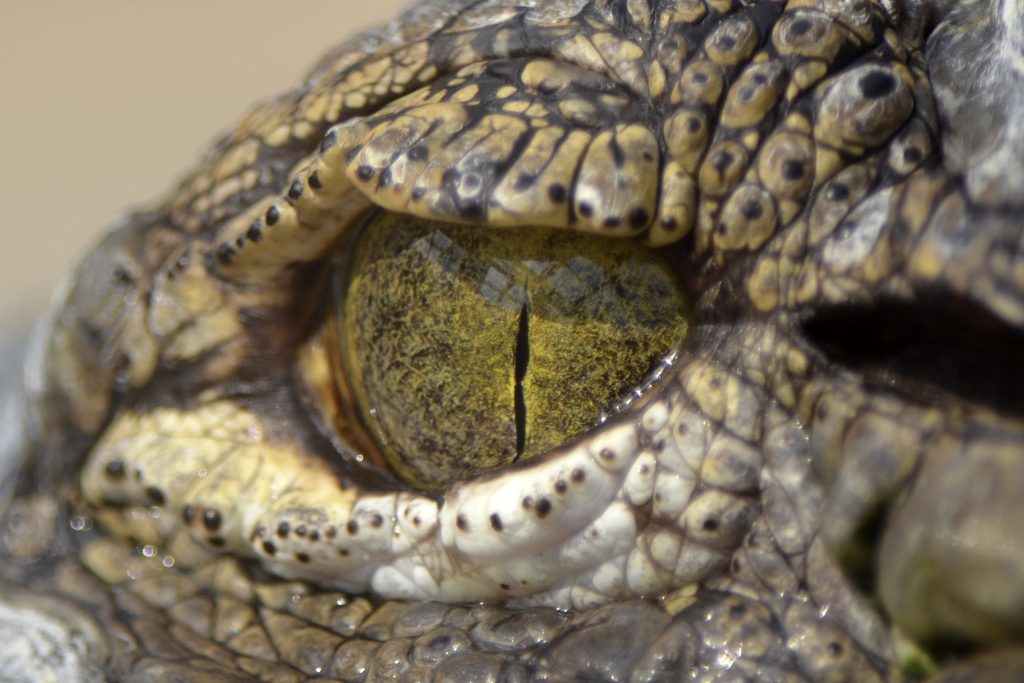Victorian Urban Legends: Thames Crocodiles October 25, 2016
Author: Beach Combing | in : Modern , trackback
There have been a few cases of crocodiles being found in the Thames. In 1897 and 1933 crocodiles were retrieved from the river: alive in the first case (two feet), and dead in the second (five feet). Note that there are also several modern claims that crocodiles have been seen on the river. However, what has that got to do with that old Beachcombian theme of the urban legend of crocodiles in sewers. Well, the real crocodiles arguably have no relevance at all. However, what about this scheme from 1892 which was first presented in the Medical Press and is being reported here at third hand. It would be interesting to hunt down the original article: drbeachcombing AT yahoo DOT com. Italics belong to Beach.
It seems that crocodiles make excellent finvial scavengers, and as the Thames has long been in want of. some purifying influence, the Corporation are recommended to import a shoal or two of able-bodied caymans, place them in the river, and leave them to consume all the unpleasant stuff which the once-lauded silver stream contains. To prevent theft, each crocodile would be marked with the City’s seal for the purpose of identification. After having thoroughly purified the river they are to be turned into the sewers. It is in this department that complications may be expected. Suppose the crocodiles lose their way, and, are unable to regain the stream, force the iron gratings or Piccadilly, and in a vicious mood make an onslaught on pedestrians Reputable citizens would naturally object to eaten as garbage even by crocodiles but these armour-clad reptiles have the reputation of being very unreasonable. Our medical contemporary earnestly adds, ‘The idea is certainly worthy consideration’; but it wisely allowed the University boat race pass before propounding this novel idea of filtration. Crocodiles would prove awkward to manage during aquatic contests. Gloucester Citizen (13 Apr 1892), 4
Where to even begin? Crocodiles were used to clean rivers and lakes. In the same month a Bengali official talked of how it would be inadvisable to kill all crocodiles in the city’s reservoir as this would end the purity of the water. This may or may not be science but it speaks to late Victorian perceptions. Second, note the reference to sewers in italics. Third, this may have been originally an April fool’s joke. Fourth, though this story had only moderate and amused coverage it was repeated in the next years periodically in the press. In 1894 the Western Mail covered the proposal (16 Aug 1894), 7. The British medical journal weighed in, meanwhile, late 1899 (Sheffield Evening Telegraph, 4 Nov, 3). This could, then, be background to the crocodile among us tall story.
Beach has covered this story elsewhere.


